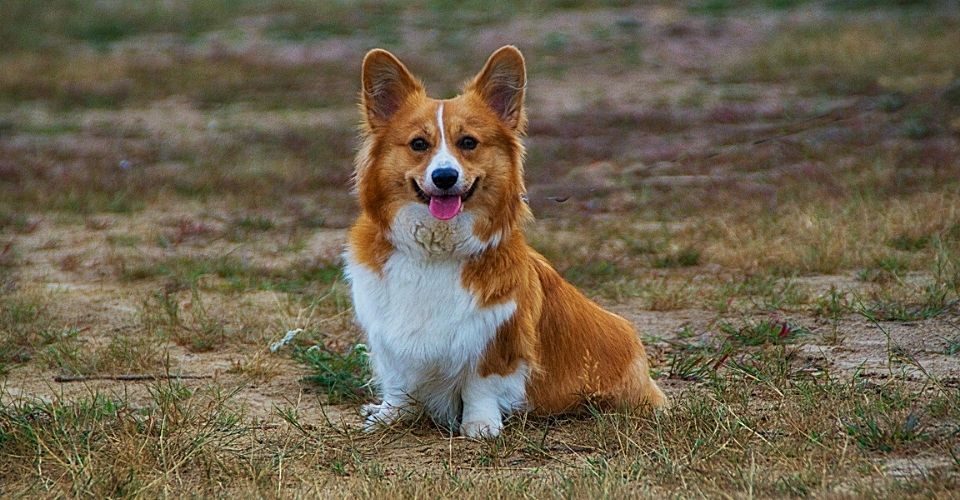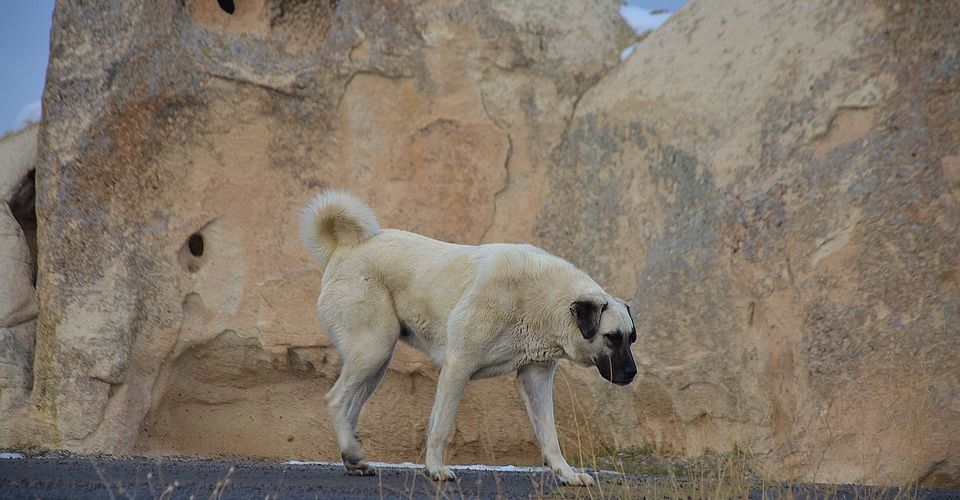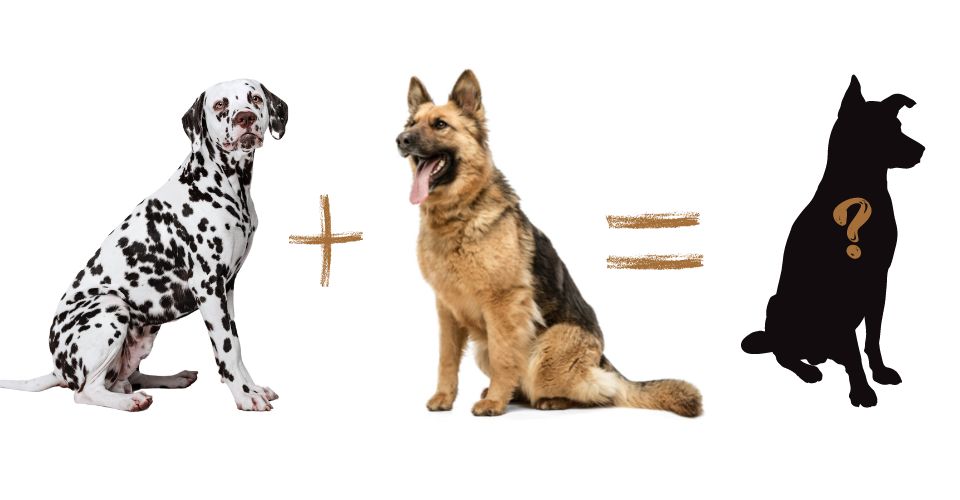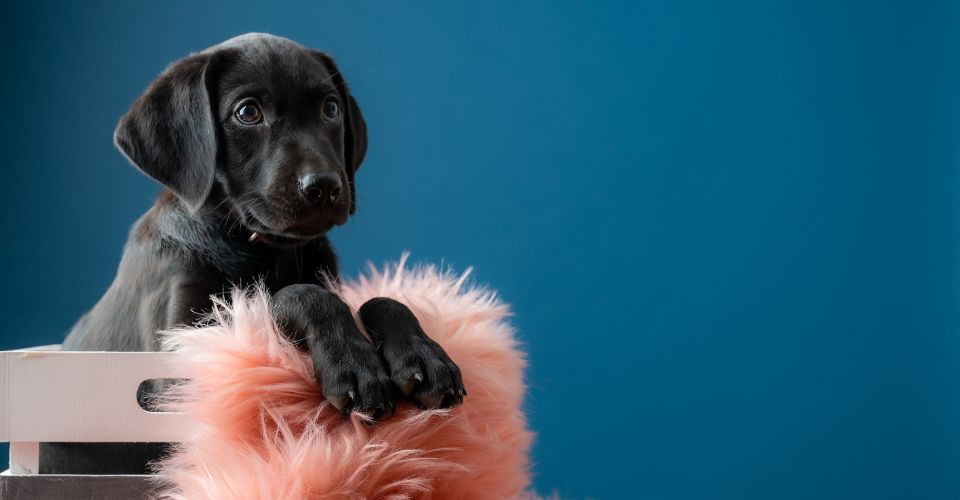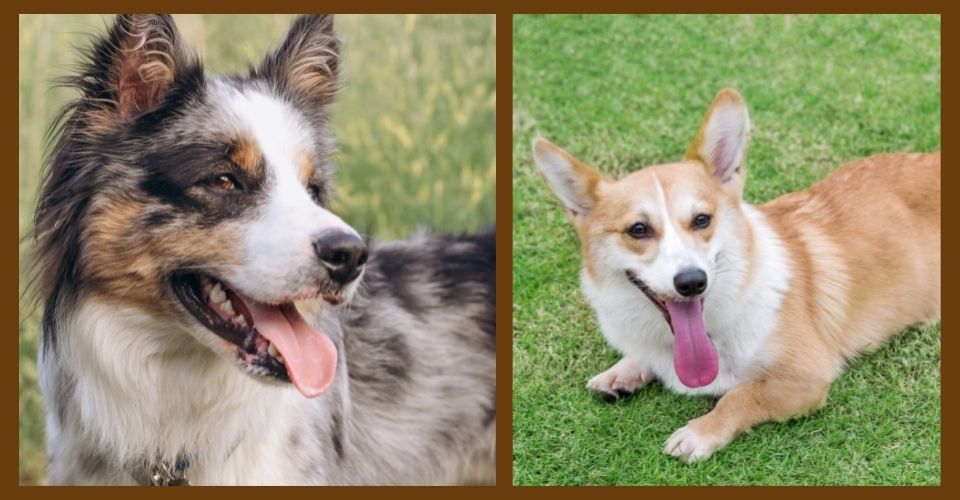Nothing brightens your day like a Corgi’s smile; no dog’s butt wiggles like a Corgi’s rump; and no dog ‘sploots’ like Corgis do.
Whenever the topic of Corgi puppies comes up, Queen Elizabeth’s name is the first to spring to mind, as she is considered the top Corgi enthusiast. Her Majesty owned at least 30 Corgis and Dorgis—a cross of Corgi and Dachshund—and she doted on them since the tender age of 10. 2021 is the 88th year of her petting the Corgis. The very first Corgi owned by the Queen was named Dookie, and it was presented to her as a gift from her father in 1933.
So, what makes Corgi puppies so special that even a queen couldn’t keep her hands off them? Let’s explore the reasons one by one.
Corgi History
Pembroke Welsh Corgis, otherwise known as Corgi, originated from Pembrokeshire, Wales, and their history traces back to 1107 AD.
The word welsh means ‘dwarf’, and the breed was given this name based on its physical features—they are miniature-sized dogs.
Pembroke Welsh Corgis are known for being the preferred breed of Queen Elizabeth II, who owned over 30 Corgis during her reign. Because of this, the Corgi breed was quite popular in the UK, and later on in 1933, it was shipped to the US. Here, it also received lauds for its adorable looks, which got it the American Kennel Club (AKC) recognition quickly—just after a year they landed in the US, in 1934.
Are Corgis Popular?
Yes, Corgis are popular dogs, and per the AKC breed popularity ranking, Corgis are ranked at the 13th position—out of 200 breeds. Furthermore, the AKC states that the short-legged, long-spined, butt-wiggling Corgis have been climbing the ranks steadily than others. In 2008, they ranked 24th and in 2020, they were 13th.
There are various reasons why Corgis are popular, namely:
- They have rounded butts.
- They have smiling faces.
- They have a history with the British royal family. Many worldwide look up to the British royal family, their preferences, trying to incorporate different aspects of their lifestyle. As royals only go for breeds that are perfect, so if the breed is good enough for royalty, it is assumed that it will be good enough for them.
- Corgis have a strong media profile as they have been a part of an 8.6/10-rated IMDB rated Netflix Show ‘The Crown’, the Disney movie ‘The Queen’s Corgi’, and the cult animated series ‘Cowboy Bebop.’
- There are plenty of memes related to Corgis, and we Americans fall for that.
Physical Features of Corgi Puppies
| Feature | Measurement |
| Weight | 4 – 7 lbs |
| Coat | Thick, Medium Length, Double |
| Colors | Fawn, Black & Tan, Black & White, Sable, Red |
| Life-Span | 12 – 15 years |
| Temperament | Playful, Tenacious, Friendly, Bold, Outgoing, Protective |
Corgi Puppies Growth Chart (Corgi Weight Chart):

Do Corgi puppies have floppy ears?
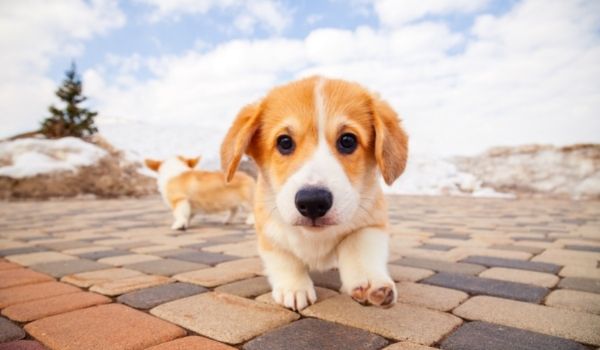
Yes, newborn Corgi puppies have floppy ears. They start out with their ears flopped over that get fully erect at 11 or 12 weeks.
In their growing age, a large portion of calcium is used by the body for teeth formation, and thus, there is not enough calcium for ear bones. However, after teeth development—which usually completes in 1 week—ear development takes place and your Corgi puppy gets their signature ears.
Do Corgi Puppies Have A Lot Of Health Problems and Issues?
No, Corgi Puppies do not have a lot of health problems. However, just like other dog breeds, they are vulnerable to common canine health issues. The most common diseases in the Corgi breed, according to the research by the Orthopedic Foundation for Animals, are degenerative myelopathy—a disease affecting the spinal cord, resulting in slowly progressive hind limb weakness and paralysis—exercise-induced collapse, legg-calve-perthes, knee-cap dislocation, hip dysplasia, and eye infections.
How Much Should I Feed My Corgi Puppy?
Vets recommend that during the first 8 to 12 weeks, a puppy should be on mother feed to get nursed whenever the need arises. Other than the availability, the mother’s milk is also important for a pup’s growth as it contains all the nutrients and antibodies to help an infant puppy grow properly.
However, if, unfortunately, the puppy isn’t with his mother during the first eight weeks, he should be fed milk via a puppy feeding bottle 6 times a day. As a general rule of thumb, a month-old Corgi puppy needs 3.5 to 3.75 calories per ounce of body weight.
Corgi Puppies Feeding Chart
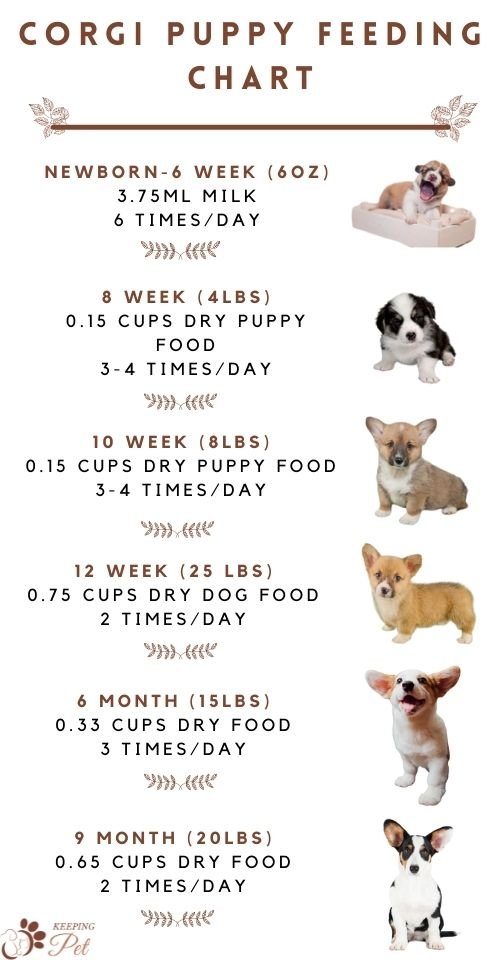
Are Corgis Hypoallergenic?
No, Corgis are not hypoallergenic. The Pembroke Welsh Corgis have a medium-length, thick double coat that sheds regularly. If you’re sensitive to dog hair and if it makes you sneeze, then Corgis are, sadly, not for you. Moreover, because they shed a lot of hair, you should do daily brushing, consistent vacuuming, and lint-rolling if you don’t want to have hair everywhere.
How Much Corgi Puppies Cost?
On average, Corgi puppies cost between around $600 to $1,500. Some Corgi puppies can cost upwards of $2,000. The cost may vary per breeder and the quality of the pup. However, the more you pay, the more premium the lineage of Corgi puppies you get. Be careful about choosing the breeder, and before adopting a puppy, make sure the breeder has the AKC certification for that puppy. Also, ensure that the puppy has been vaccinated.
Are Corgis Good Family Dogs?
Yes, Corgis are family dogs, but they need socialization and obedience training to get along with other dogs. Corgis are not recommended for families with babies under the age of 5. They are herding dogs, and may nip at the heels of young children to herd them.
Are Corgi Puppies Aggressive?
Yes, Corgi Puppies can be aggressive and biting. They require bite inhibition training and behavior training. Their aggression increases if they are not being given exercise and attention. These dogs are known for their elevated energy levels and attention-seeking disposition.
According to the American Temperament Testing Society, the Corgi breed has a score of 79.6%, which means they can be moody. The reason is that as they belong to the herding dog group that was bred to work. At times, they can be assertive, bossy, and will attempt to do things their way.
Are Corgi Puppies Easy to Be Trained?
Yes, Corgi puppies are easy to be trained. This breed is highly intelligent and comprehends its training lessons quickly. They are also eager to please their owner by learning readily what you teach them.
Training Corgi puppies is effective when you are dominant in your relationship with him, plus you enforce the training rules consistently. Else, the puppy might make up their own habits that will be hard to break once they grow older.
Are Corgi Puppies Born With Tail?
Yes, Corgi puppies are born with tails. But to meet the AKC standards, breeders dock the Corgi tails. Otherwise, the AKC doesn’t certify them. Secondly, people don’t buy dogs that are not certified from the AKC, or any national dog registry of their countries. With that said, if your female Corgi gave birth in your home, it entirely depends on you if you want to cut the tail or not.
Are Corgi Puppies Hard to Potty Train?
No, Corgi puppies can easily be potty trained. As mentioned earlier, this breed is known for its intelligence and trainability. Thus, whether it’s potty training or agility and trick training, they will learn it before you know it.
Do Corgi Puppies Shed?
Yes, Corgi puppies shed, and their shedding can start from the age of 4 months. Corgis need to shed early as it protects them from their first cold season. Shedding shouldn’t be too much at this time. Nutrition, ambient temperature, grooming, and individual variation can all affect levels of shedding. Though the amount of shedding varies between individual Corgis.
Do Corgi Puppies Change Color?
Yes, Corgi puppies change their coat color progressively, and it continues until they are adults. From their puppy age, it’s hard to determine what color they’d have as an adult; only an experienced breeder can give a near idea for that. The Corgi pups are a little darker when born and lighten up as they age.
Do Corgi Puppies Bark A Lot?
Yes, Corgi Puppies bark a lot, and that can be bothersome at night. It’s the trait of herding dogs to use their vocals to direct sheep. Though they are not used for herding, they still retain their ancestor’s qualities and have a high tendency to bark.

